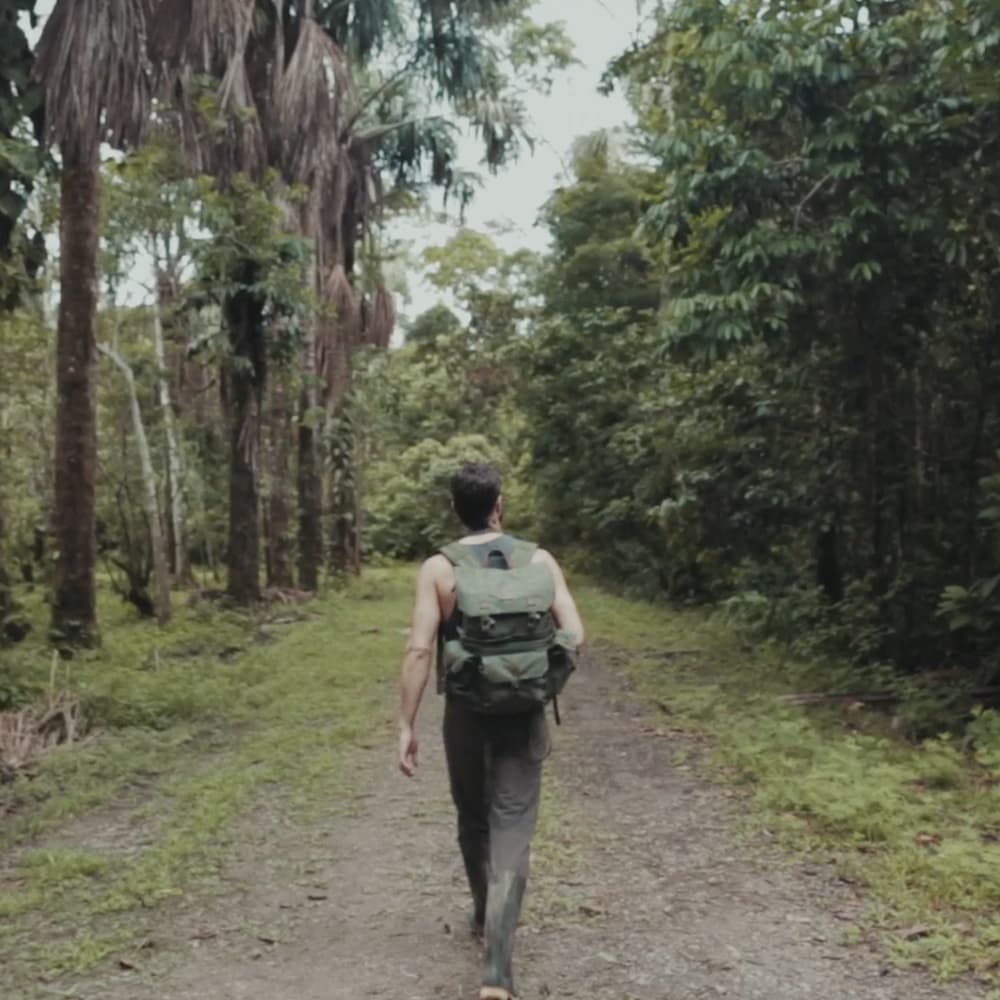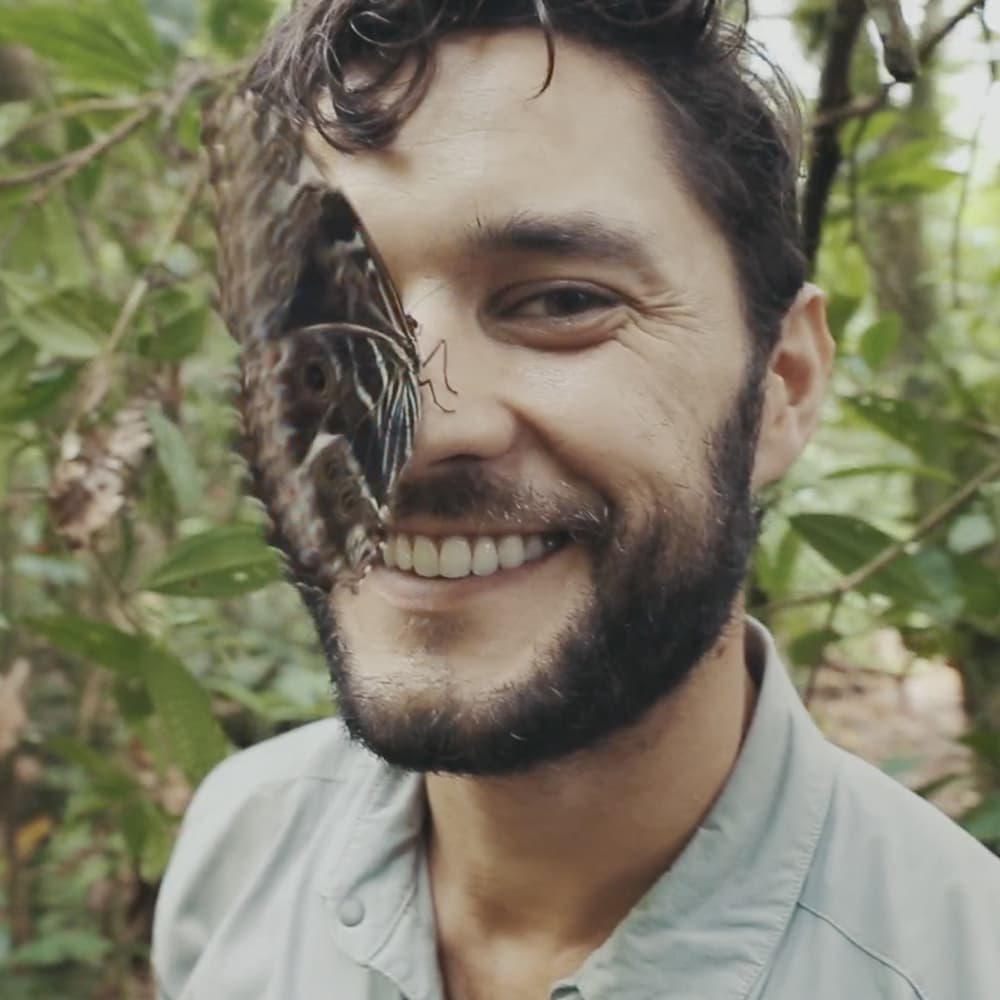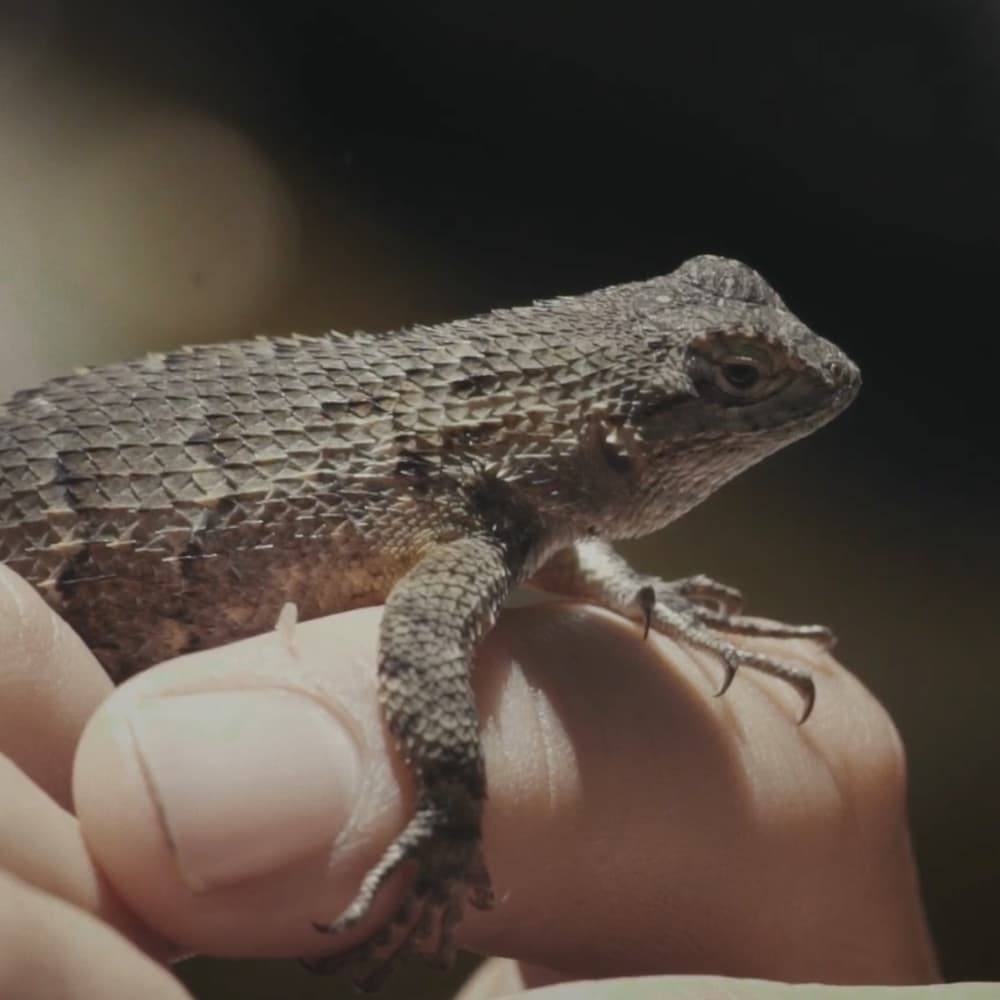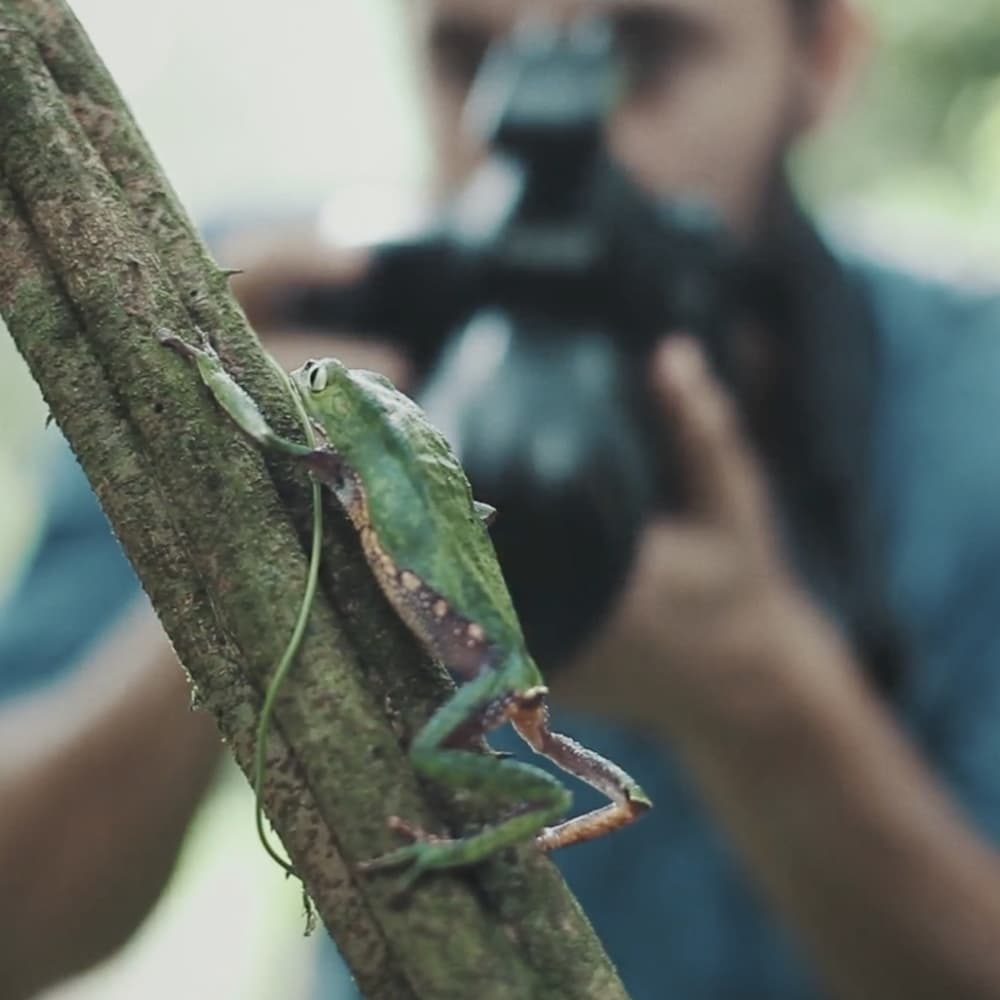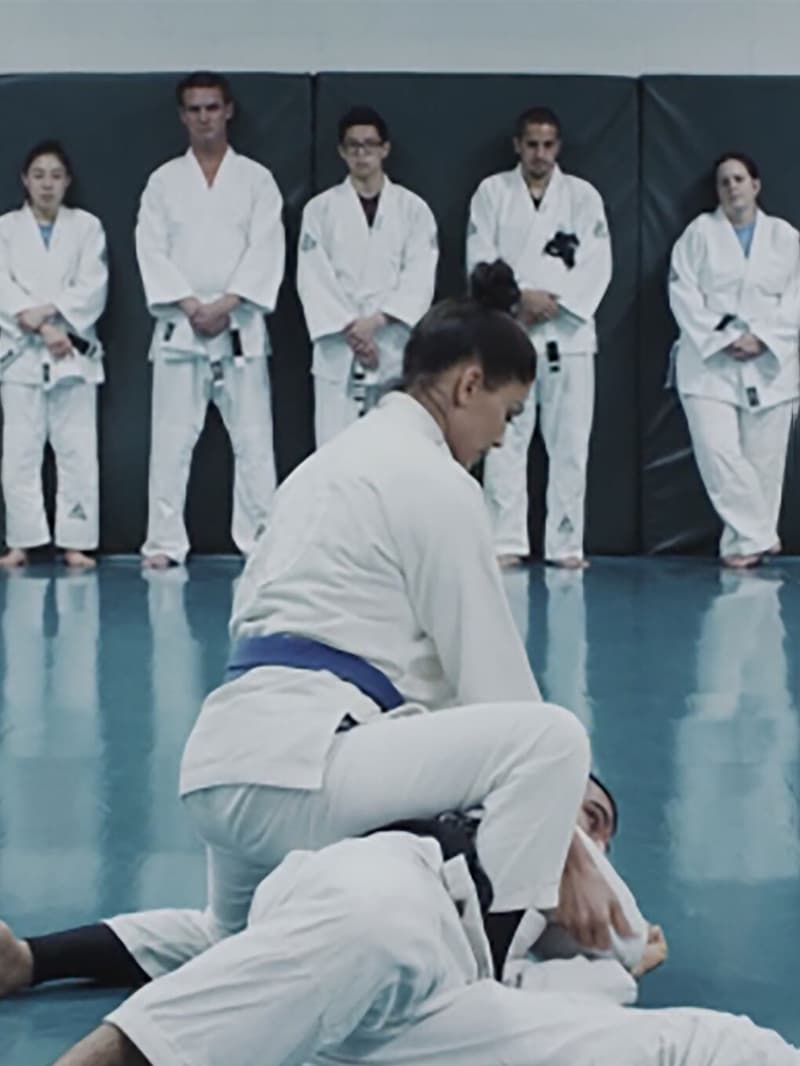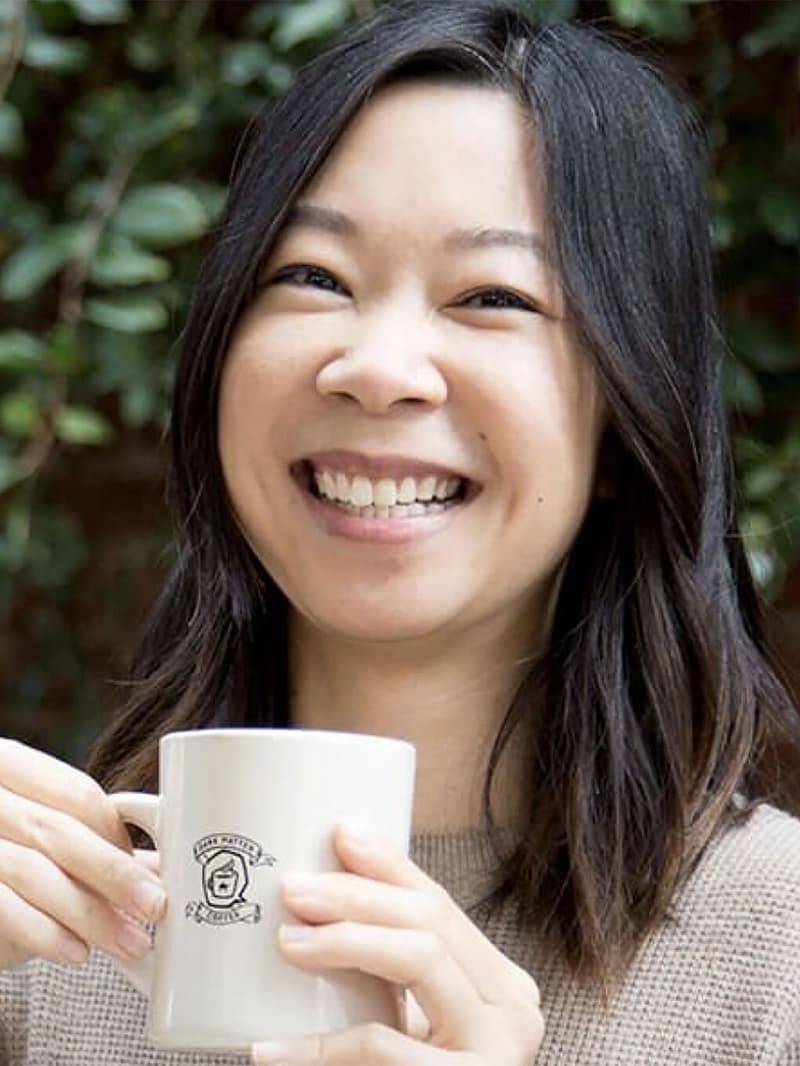Meet Entomologist Phil Torres
Hi, I’m Phil Torres, an entomologist. My work allows me to travel the world, studying different organisms, and keeping a keen eye on the life that’s all around us. Visian ICL allows me to keep my work in focus.
Hi, I’m Phil Torres, an entomologist. My work allows me to travel the world, studying different organisms, and keeping a keen eye on the life that’s all around us. Visian ICL allows me to keep my work in focus.
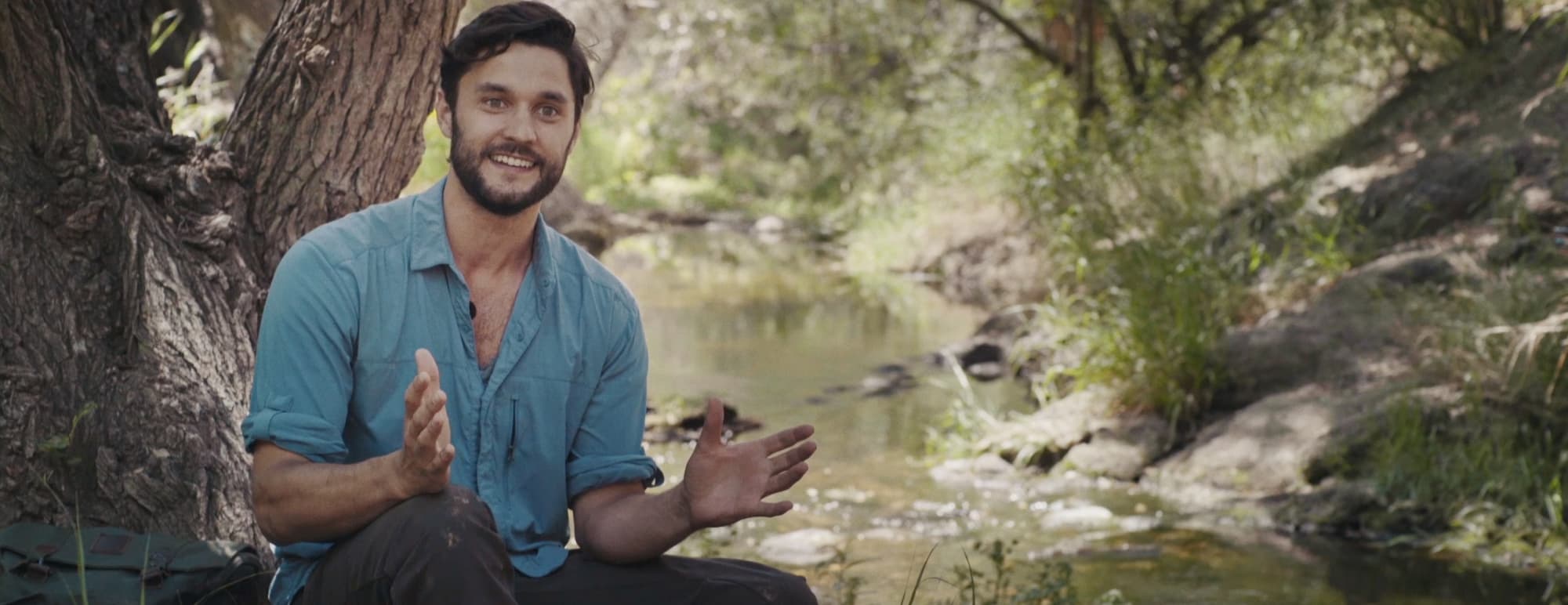
What led me to Visian ICL
My mom told me I had magic eyes as a kid and that I had this ability to just see things other people were missing. In the fifth grade, I began getting headaches and I needed glasses or something. As a biologist, there was this uncertainty that I had that what if a contact lens falls out when I'm in the wilderness? What am I going to do?
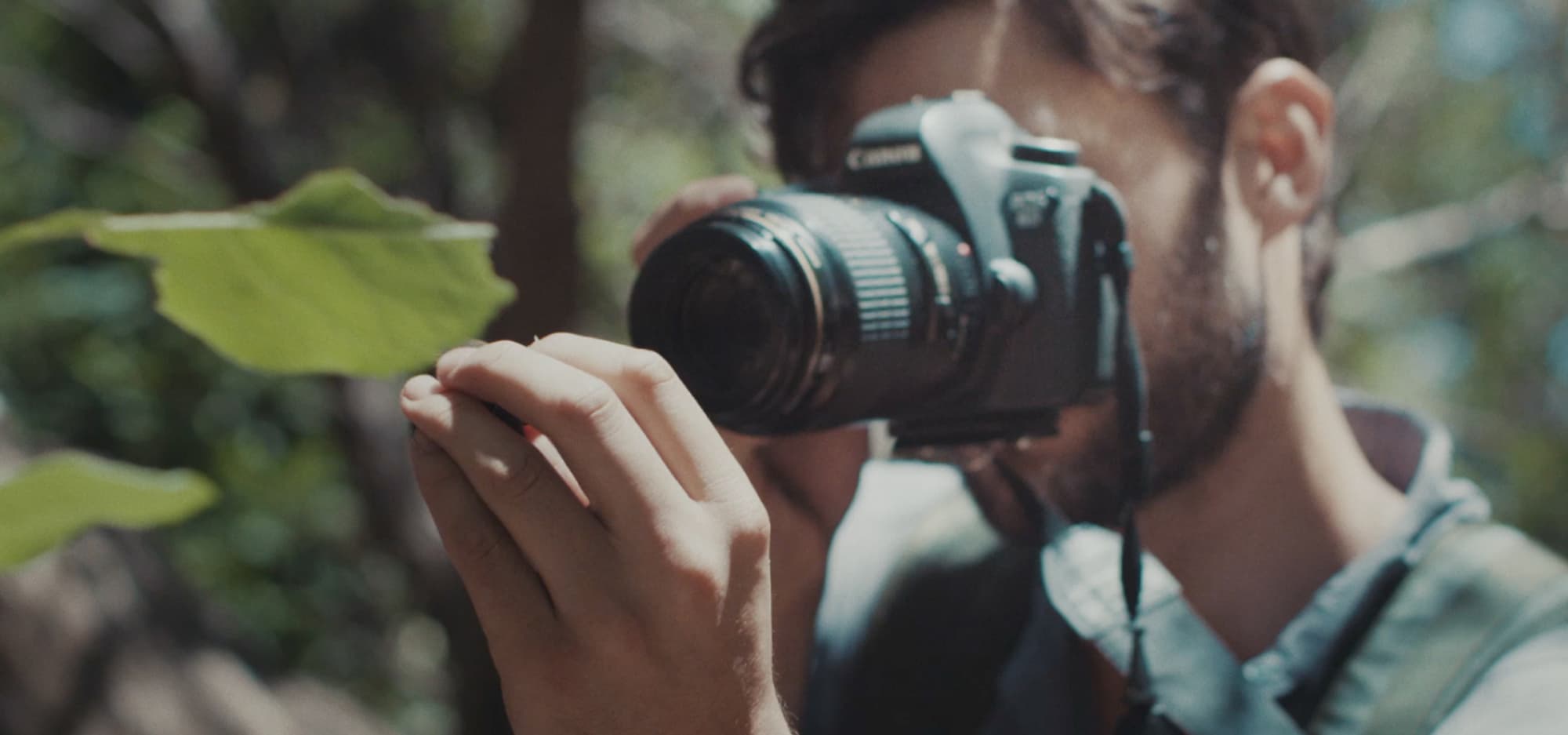
Phil’s day-to-day & where Visian ICL helps most.
Entomology
Clear headed in the field
Night vision
Navigating in the rain forest
“I had my first opportunity to put my Visian ICL eyes to the test recently in the Amazon rainforest, and it couldn’t have been more exciting to be able to spot rare species better than I have my entire life.”
As a biologist, the difference between making a new discovery can come down to how well I can see. I had my first opportunity to put my Visian ICL eyes to the test recently in the Amazon rainforest, and it couldn’t have been more exciting to be able to spot rare species seemingly better than ever. Not only was I seeing certain things for the first time ever, but I felt like I was seeing the world better than I ever had before.
Phil Torres has EVO ICL lenses and is sponsored by STAAR Surgical.
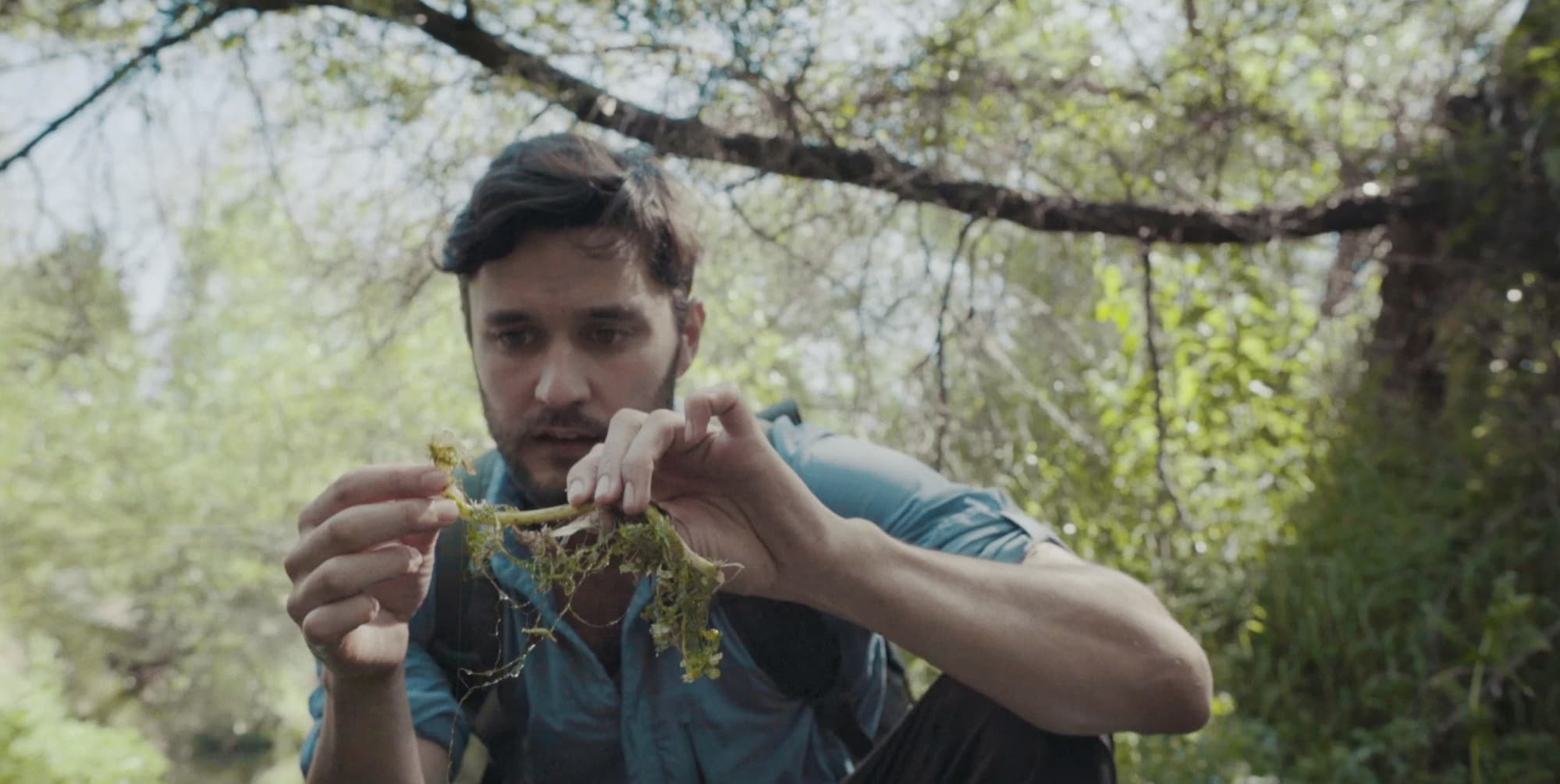
Questions with Phil
What do you do for a living?
I’m an entomologist, my eyes are a critical tool for the work I do as I am constantly studying these tiny organisms that are sometimes as small as a grain of salt.
How long have you had problems with your vision?
I started noticing that I needed glasses when I was in 5th grade when I started getting headaches every day. I thought it was just something I had to deal with, but later realized it was related to my vision.
What’s your biggest pain point about contacts or glasses?
When I was wearing contacts, my eyes were always so dry. It was only after Visian ICL that I realized that the irritation was from constantly having something on my eye.
What about Visian ICL helped make your decision?
One of the things that really stood out to me about Visian ICL over other procedures is the fact that it is removable [by your doctor]. There’s kind of a lot of fear with the other procedures of what if something goes wrong… you’re kind of stuck with it, but with Visian ICL the doctors assured me that this is something that is removable [if needed].
Important Safety Information
The EVO Visian ICL Lens is intended for the correction of moderate to high nearsightedness. EVO Visian ICL and EVO Visian TICL surgery is intended to safely and effectively correct nearsightedness between -3.0 D to -15.0 D, the reduction in nearsightedness up to -20.0 D and treatment of astigmatism from 1.0 D to 4.0 D. If you have nearsightedness within these ranges, EVO Visian ICL surgery may improve your distance vision without eyeglasses or contact lenses. Because the EVO Visian ICL corrects for distance vision, it does not eliminate the need for reading glasses, you may require them at some point, even if you have never worn them before.
Implantation of the EVO Visian ICL is a surgical procedure, and as such, carries potentially serious risks. Please discuss the risks with your eye care professional. Complications, although rare, may include need for additional surgical procedures, inflammation, loss of cells from the back surface of the cornea, increase in eye pressure, and cataracts.
You should NOT have EVO Visian ICL surgery if:
- Your doctor determines that the shape of your eye is not an appropriate fit for the EVO Visian ICL
- You are pregnant or nursing
- You have moderate to severe damage to the optic nerve caused by increased pressure (glaucoma)
- You do not meet the minimum endothelial cell density for your age at the time of implantation as determined by your eye doctor
- Your vision is not stable as determined by your eye doctor
Before considering EVO Visian ICL surgery you should have a complete eye examination and talk with your eye care professional about EVO Visian ICL surgery, especially the potential benefits, risks, and complications. You should discuss the time needed for healing after surgery. For additional information with potential benefits, risks and complications please visit DiscoverICL.com.
Select Your Region
Latin America
References
1. Packer M. The Implantable Collamer Lens with a central port: review of the literature. Clin Ophthalmol. 2018;12:2427-2438.
2. Martínez-Plaza E, López-Miguel A, López-de la Rosa A, et al. Effect of the EVO+ Visian Phakic Implantable Collamer Lens on Visual Performance and Quality of Vision and Life, Am J Ophthalmol 2021;226:117-125.
3. Packer M. Evaluation of the EVO/EVO+ Sphere and Toric Visian ICL: Six month results from the United States Food and Drug Administration clinical trial. Clinical Ophthalmology. 2022;16:1541-53.
4. Parkhurst GD. A prospective comparison of phakic collamer lenses and wavefront-optimized laser-assisted in situ keratomileusis for correction of myopia. Clin Ophthalmol. 2016;10:1209-1215.
5. Zhang H, Deng Y, Ma K, Yin H, Tang J. Analysis on the changes of objective indicators of dry eye after implantable collamer lens (ICL) implantation surgery. Graefes Arch Clin Exp Ophthalmol. 2024 Jul; 262(7):2321-2328
6. Shoja, MR. Besharati, MR. Dry eye after LASIK for myopia: Incidence and risk factors. Eur J of Ophthalmol. 2007; 17(1): pp. 1-6.
7. Lee, Jae Bum et al. Comparison of tear secretion and tear film instability after photorefractive keratectomy and laser in situ keratomileusis. J Cataract Refract Surg., Volume 26 , Issue 9 , 1326 - 1331.
8. Parkhurst, G. Psolka, M. Kezirian, G. Phakic intraocular lens implantantion in United States military warfighters: A retrospective analysis of early clinical outcomes of the Visian ICL. J Refract Surg. 2011;27(7):473-481.
Feeling unsure?
We get it. Decisions like this take time to consider and research. We can help guide your decision with information that's the most relevant to you.
Do you currently wear glasses or contacts?
